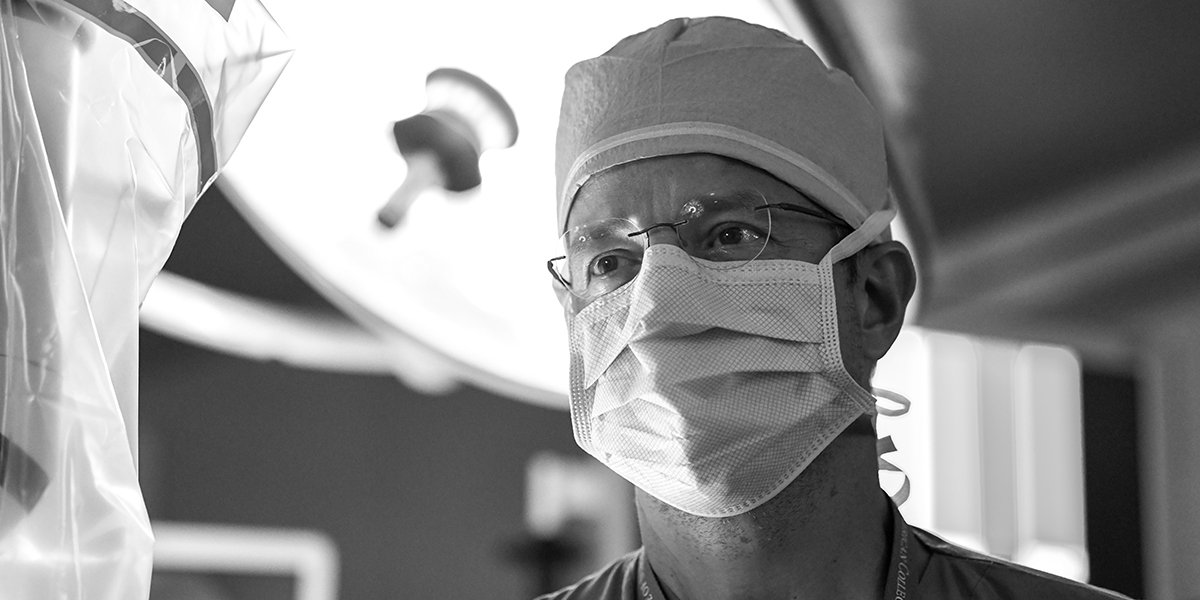Elevating Lung Surgery Consistency, Quality and Efficiency at Hackensack University Medical Center
Dual surgeon approaches, consensus care decisions and integrated imaging and robotic surgery technology maximize resources and enhance thoracic surgery care

The thoracic surgery team at Hackensack University Medical Center leverages the sub-specialized expertise of multiple physicians to ensure the best quality care and outcomes for every patient case. Protocols formalizing this collaboration, along with the latest technology and organizational support for individual physician research interests, contribute to the program’s overall efficiency and excellence.
Hackensack University Medical Center Chief of Thoracic Surgery, Nabil P. Rizk, M.D., said two thoracic surgeons are in the OR for each thoracic procedure and work collaboratively to optimize patient care. The entire thoracic surgery team also rounds together and makes consensus-based patient-care decisions—minimizing patient complications and getting to know each patient so the entire team is on the same page.
“Our retrospective and prospective research helps us validate and advance techniques, so we can deliver uniform outcomes from surgeon to surgeon,” Dr. Rizk said. “No matter which surgeon you see, you will get the same outcomes.”
Each physician works as part of a team and offers a full range of thoracic surgery procedures. They also engage in specialized research and perform complex procedures based on their individual areas of interest. And, because each team member trained at different institutions, they bring their unique perspectives and experiences together to benefit their patients.
The surgical team’s expertise includes proficiency with the Ion robot-assisted biopsy and navigation technology, which has contributed to diagnosis improvements and care efficiency.
Ion enables thoracic surgeons and pulmonologists to navigate the lung through a network of narrow and delicate airways to access hard-to-reach nodules. The minimally invasive, robotic-assisted tool can help thoracic surgeons identify lung cancers earlier and more accurately when compared to other biopsy techniques, allowing patients to start effective treatment sooner and obtain better outcomes.
The Ion system combines computed tomography data and robotic-assisted surgical technology to facilitate and expedite access to these nodules. The entire procedure is performed through bronchoscopy, without the need for any external surgical incisions.
“Our team members and expertise, combined with our technology and research, means we have the mechanisms needed to maintain high standards of quality for our patients,” Dr. Rizk said.
Learn more about pulmonology and lung surgery innovations at Hackensack University Medical Center.
If you are a patient looking for expert pulmonary medicine care at Hackensack Meridian Health, please visit our pulmonology services page to learn about our specialties, find locations, and schedule appointments.
